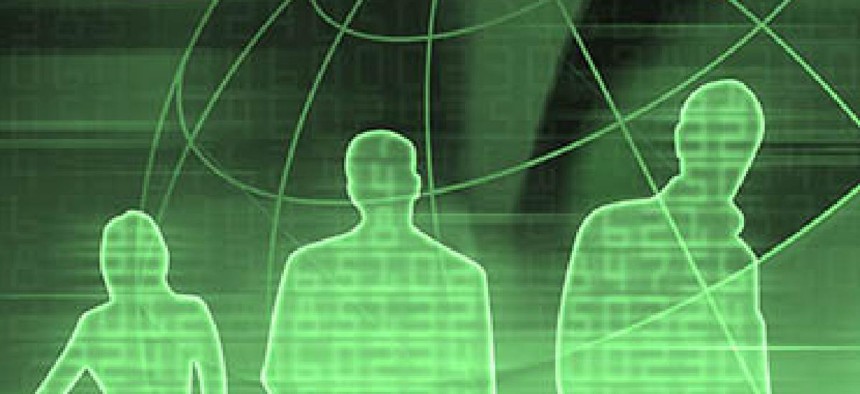How digital service teams fit in the new administration

Digital service teams hope their clout and support from the administration can break through decades-old cultural barriers and empower the federal IT workforce at large.

The digital service teams that have sprung up across government in recent years hope to leverage support from the new administration to break through decades-old cultural barriers and bring sorely needed improvement to IT operations.
At the Amazon Web Services Summit on June 13, members of the U.S. Digital Service and the Defense Digital Service explained how their work fits into the Trump administration.
USDS is an Obama-era creation, but with its emphasis on recruiting industry technologists, it embodies some of the President Donald Trump's rhetoric of bringing private sector practices to government.
Chris McKeever, digital service lead for the Defense Digital Service, said there are definitely industry practices worth importing -- even if some of them run counter to Trump well documented emphasis on winning.
"One of the things I wish the government would do is learn failure is good," he said, adding that the function of the digital service teams is less about "moonshots" than it is "roofshots," and making quick changes that tangibly improve government service.
However, to assuage employees' fears of failure, agency heads and high-ranking officials need to lend "air cover," Air Force Digital Service Director Hunter Price said.
Chris Lynch, director of the Defense Digital Service, said he's noticed a rise in interest in agile approaches among high-ranking military officials, which has been particularly striking given the Pentagon's structured culture.
The key to getting those resistant to culture change to come around, added McKeever, is to prove the efficacy of the projects and maintain regular communication.
Price, however, suggested that since digital "SWAT teams" have established some rapport and gained key allies in government, they can now provide their own top cover to rank-and-file IT workers -- something that they once needed to secure from high-ranking officials on an agency-by-agency basis.
There digital service teams had clear support from the Obama White House, and Trump officials have signaled their backing as well. The Jared Kushner-led Office of American Innovation, which also features tech figures like Chris Liddell and Matt Lira, has met with USDS and has its first meeting with executives from major tech companies set for June 19.
Trump's budget proposal, meanwhile, states the administration "will accelerate efforts to recruit some of the country's top technical talent to modernize key [IT] services via programs such as the U.S. Digital Service."
USDS acting Director Matt Cutts said he team also recently held a successful demo day for the Office of Management and Budget, which helped to sell director Mick Mulvaney on the utility of the organization.
"Everybody got a hug from the director," he said, adding that such demonstrations speak to the notion that "unless you fix the underlying problem of the culture, you're not going to make anything better."
NEXT STORY: FITARA progress stalls on scorecard 4.0


